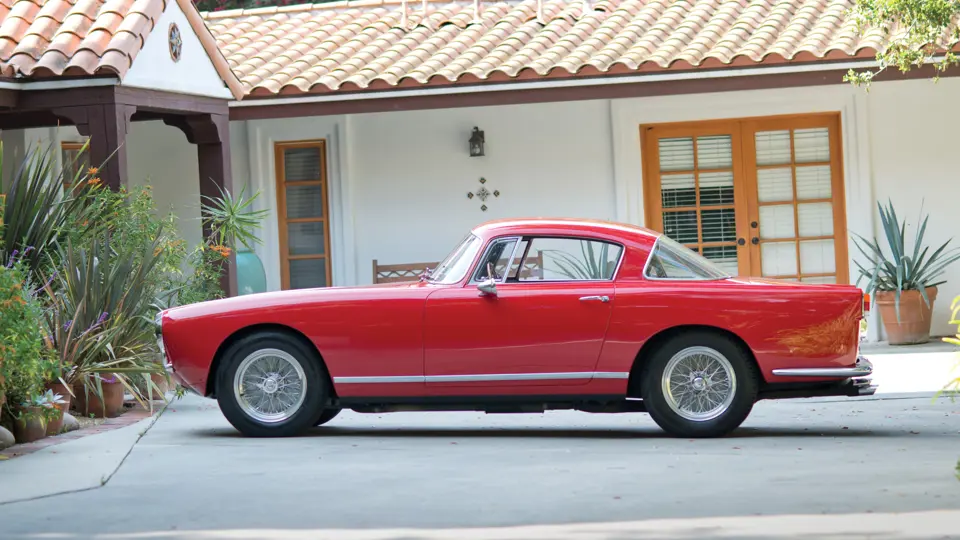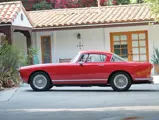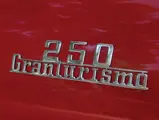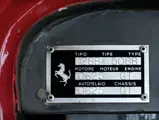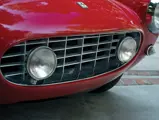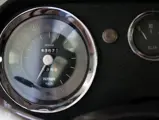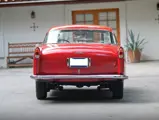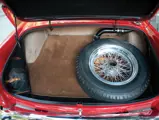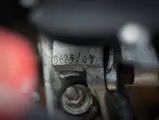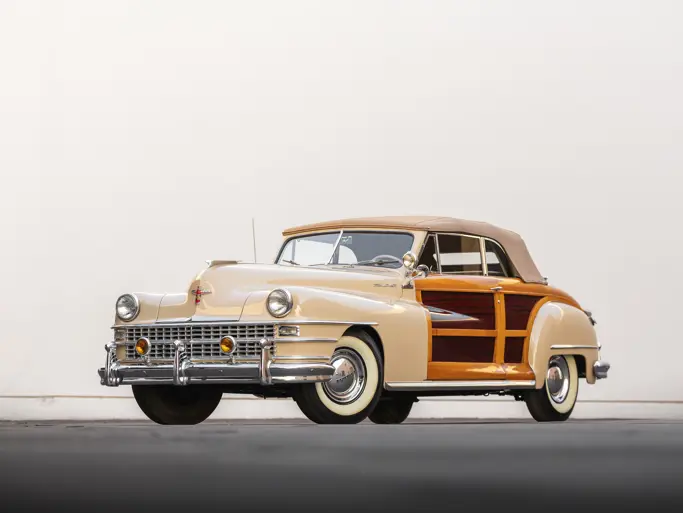240 hp, 2,953 cc single overhead-camshaft V-12 engine with three Weber 36 DCF carburetors, four-speed manual gearbox, independent front suspension with A-arms and coil springs, live rear axle with semi-elliptic leaf springs, and four-wheel hydraulic drum brakes. Wheelbase: 102.4 in.
Although Ferrari's heritage is deeply rooted in competition, legendary founder Enzo Ferrari recognized in the years shortly following World War II that the high-performance automaker needed to branch beyond racing and into grand touring road cars. Ever the visionary, Enzo looked into the future and saw that his racing efforts could be funded by a line of premium performance-oriented road and grand touring cars. Similarly, he realized that success on the world's racing circuit would lead to more sales of cars meant for the road. In fact, as was almost always the case, his premonition proved accurate: such attractive sporting cars for well-heeled automobile enthusiasts would prove to be essential for Ferrari's future.
Grand touring cars made a perfect complement to the company's racing efforts, beginning with the 166 Inter. Essentially a racing car with a custom-ordered, coachbuilt body, the 166 Inter might have marked Enzo’s first foray into cars that are meant to be enjoyed on an everyday touring basis, but it was the expansion of the 250 Series that really ushered Ferrari into a new era. Beginning with the long-wheelbase 250 GT, its first true grand touring car, Ferrari started down a path from which it hasn’t diverged in nearly 60 years.
The Pinin Farina-designed Ferrari 250 Europa GT debuted at the 1954 Paris Motor Show, where it officially launched Ferrari into the world of low volume standardized cars rather than individually customized models. Previous Ferraris were built in small numbers, and as such, each subsequent model was a little different from the one built before it. Though they might have had hand-crafted coachbuilt bodies, 250s were intrinsically linked to Ferrari's racing cars. Beneath their breathtaking bonnets, nearly all 250s feature Ferrari's remarkably light weight, high power, Gioacchino Colombo-designed V-12 engine. Naturally, the Colombo V-12 started life as a racing engine, but Ferrari adapted it for road use in the 250.
As soon as it debuted, the low-roof, swept-back Europa GT was a hit among Ferrari's clientele, but when it came time to boost production beyond the first few prototypes, Pinin Farina found itself at full capacity. Moreover, the coachbuilder was also distracted by the construction of an enlarged assembly facility. Instead, Ferrari and Pinin Farina looked to Carrozzeria Boano, founded by Mario Felice Boano and his son, Gian Paolo, after they departed design house Ghia.
A one-off 250 GT Cabriolet that was completed in 1956 cemented their credentials, and as a testament to the original 250 GT’s design, that Cabriolet is still under the same ownership nearly 60 years later. Over the next couple of years, Carrozzeria Boano crafted more than five dozen 250 GTs. Putting their own touch on the Pinin Farina design, Boano added a graceful lower wing line. Otherwise, Boano essentially left the look intact, distinctive low roof and all. Both steel and aluminum-bodied 250 GT Boanos were produced, each with its own fan base.
Mario Felice Boano’s stewardship of Carrozzeria Boano was short lived, however, as he accepted an offer to head up Fiat's design department in 1957. As a result, production was transferred to Boano employee Ezio Ellena, who formed Carrozzeria Ellena. After building five examples essentially identical to Boano's design, Ellena elevated the roof line for the remaining 45 examples. The distinctions are noteworthy but relatively subtle.
Despite Boano’s relatively short association with Ferrari, his efforts have long been praised in Ferrari circles. As such, 250 GT Boanos are often simply known as “Boano Ferraris.” With their low roof lines but more standardized production, 250 GT Boano Coupes are highly desirable early-Ferrari grand touring cars. Just one small step down from the 250 Tour de France, the GT Boanos are likely to make excellent investments as the Ferrari market continues to take off.
Presented here, this steel-bodied 250 GT Boano, chassis number 0625 GT, was sold new in 1956 to Ettore Contini in the automaker's home country of Italy. Contini's ownership of the car was short-lived, though, as it wound up in the hands of a Swedish Ferrari importer a year later. By the summer of 1965, it had passed into the hands of Swede Björn Colliander, who eventually exported the car to his residence in the United States. Remaining well known in the Ferrari community on the East Coast, chassis 0625 GT was gently used and eventually given a thorough restoration at the height of the late 1980s Ferrari market.
By the early 1990s, it crossed the United States to the relaxing California climate, where it was acquired by its current owner in the fall of 1993. Its current owner, a true Ferrari enthusiast, has driven it extensively and displayed it at concours events on the West Coast, including the 1995 Pebble Beach Concours d’Elegance and the 2000 Concorso Italiano.
Though it was cherished and shown to the public at occasional concours d’elegance, FCA shows, and other local events, the current owner’s primary interest and enjoyment came from 0625 GT’s driving prowess. The vendor describes this as a true driver’s car, and as many Ferraristi know quite well, the 12-cylinder Colombo Type 128B engine produces almost 250 horsepower and carries these cars along very quickly. As it is used regularly, this car has been extensively maintained to remain in top running order. For over two decades, the owner has enjoyed it on numerous road rallies, including the California Mille and the Tour Auto in France. To ensure the safety of the driver and passenger, 0625 GT has also been stylishly fitted with a roll bar and a quick-access outside fuel filler cap.
Having been personally inspected by an RM specialist, this car is described as a very nice example that remains in very tidy order. Although 0625 GT benefits from a fresh repaint, it is no longer a concours-quality car, and there are areas, such as the nose, that have some pitting, which gives it that lovely character, much like a well-fitting pair of driving gloves. The interior has nice patina and shows some wear on the seats, as well as some handsome cracking texture in the leather. The interior trim also shows some age and is consistent with the use of the car. While there is nice patina, it is important to note that there are no major tears, staining, or damage to the headliner, carpets, seats, or door panels. The chrome and trim present consummate with its age. Other elements, such as the trunk area, the engine bay, and the underside of the car, are all pleasantly detailed throughout and look very respectable. At all four corners, Borrani wire wheels truly set off its lines outside and give it an elegant yet sporty feel. This car comes with a partial tool kit and a jack.
As an overall impression, “0625 GT is a very nice, honest car with nothing to hide. Some cars that come on the market are tarted up from minor cosmetic surgery, have been in and out of dealers hands, and fixed to flip, but underneath all the shiny paint and chrome, they aren’t all that they appear to be. This car is wonderful. It has been in the same hands for over two decades by a true enthusiast who has driven, enjoyed, and taken care of it with his family and friends. It is also nice to have a car that you can get out and use—when you want to jump in it and drive, you don’t have to worry about the odd stone chip or scratch.”
There have been no noteworthy incidents that have been recorded in 0625 GT’s history, although it suffered very minor damage that was later repaired when its nose was bumped in a rally by former 24 Hour of Le Mans racer and television personality Alain de Cadenet. That amusing footnote aside, 0625 GT’s history and condition show decades of fastidious care. To find these cars at all is rare, but to find a matching-numbers example that comes from such long-term ownership and has no questions in its provenance is an exceptional opportunity.
Given that the values of 250 TDFs are well into the seven figures, this stylish, sporting Boano presents a great opportunity to own a low-production full grand touring car that can be entered into any vintage rally or competition event. The ownership of 0625 GT represents a chance to own a Ferrari for the true purpose of the brand and the heritage behind it—it is all in the drive!
Titled as 1957.





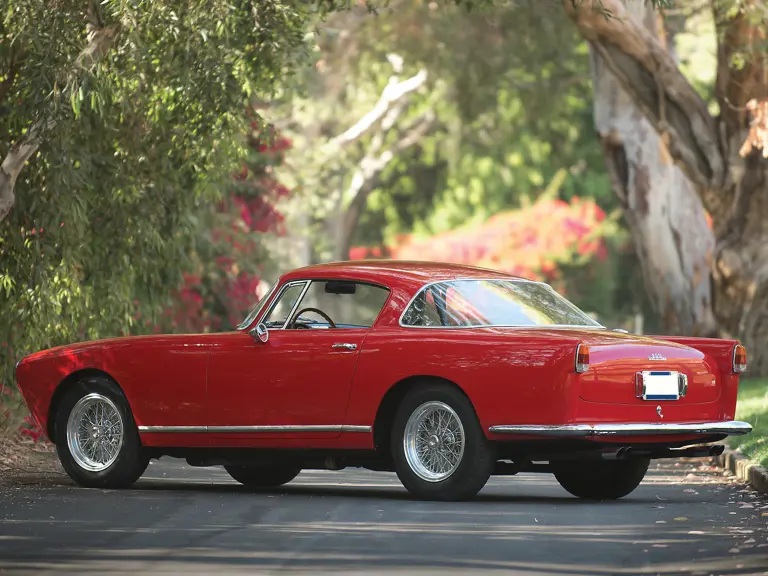
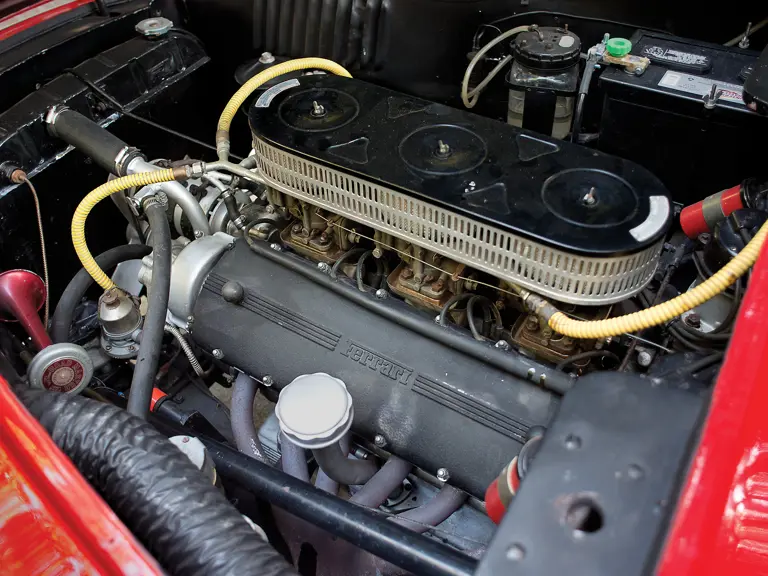
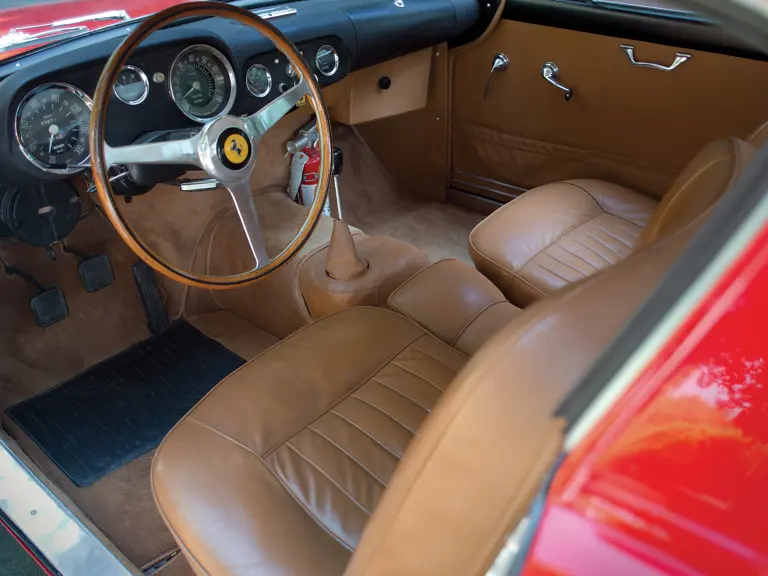
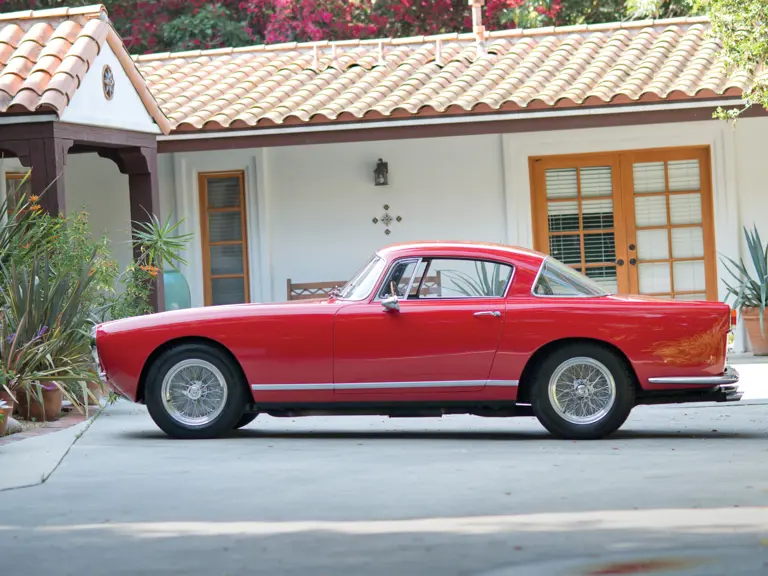
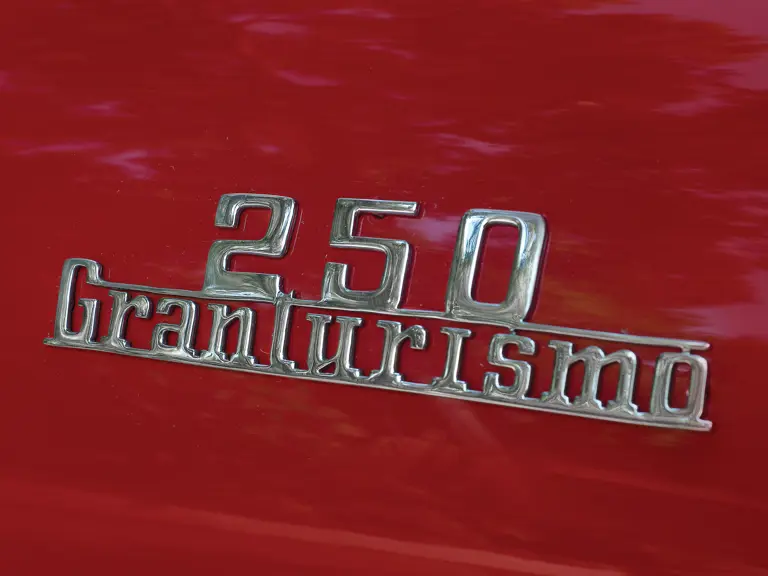
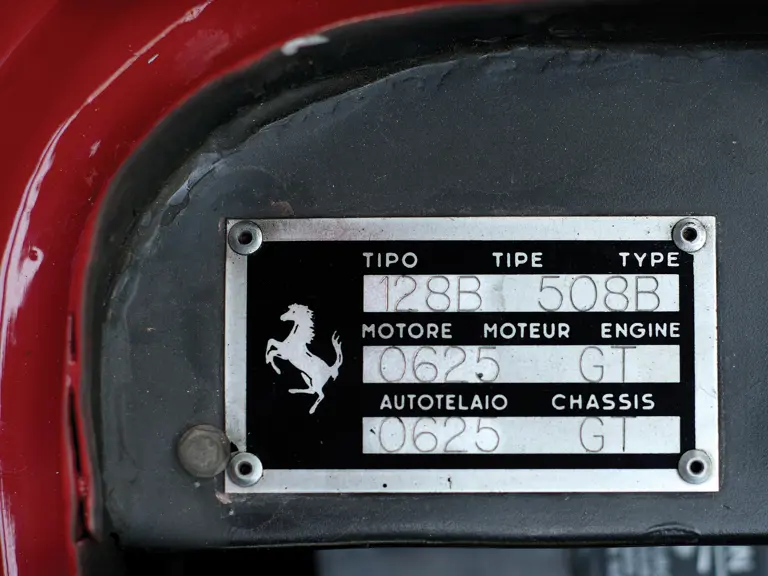

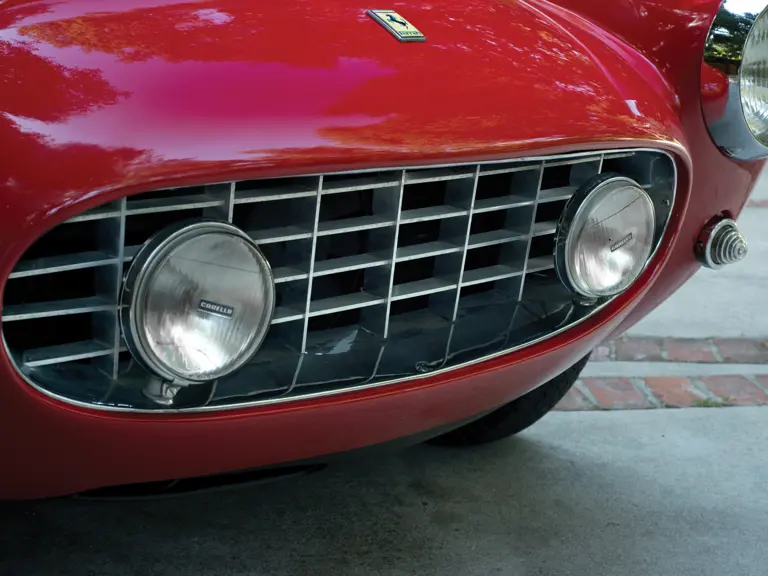

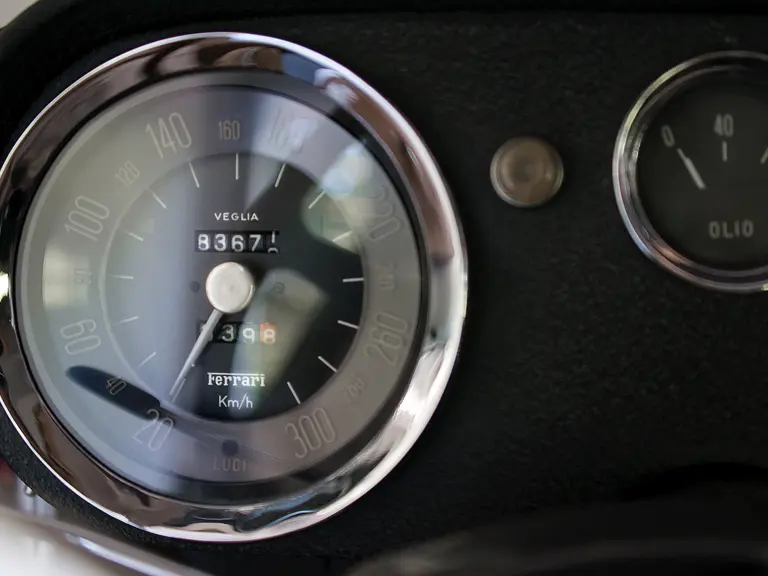
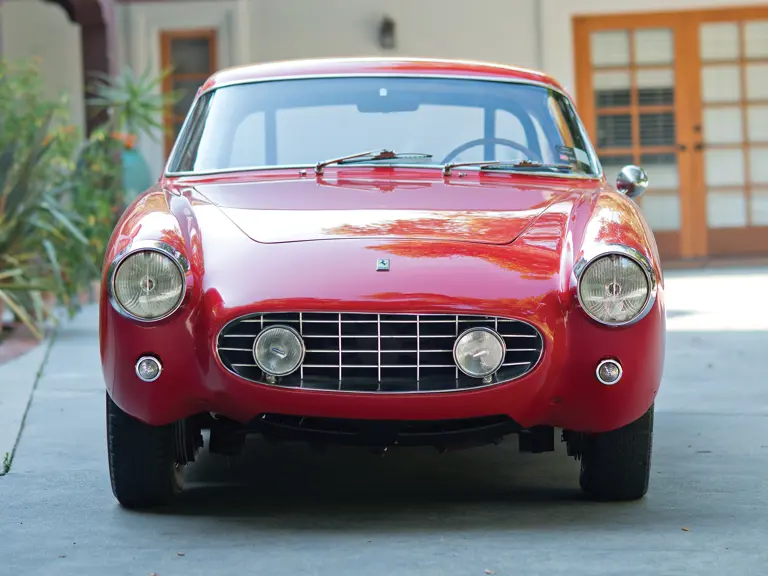
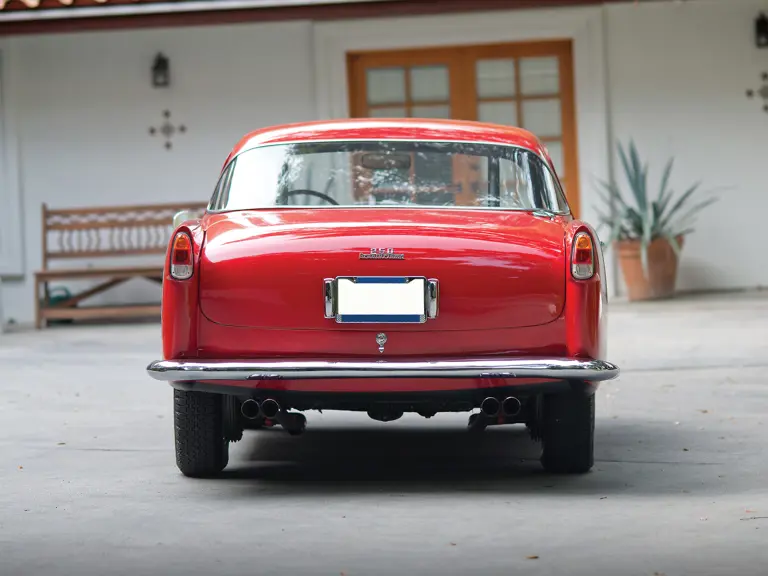
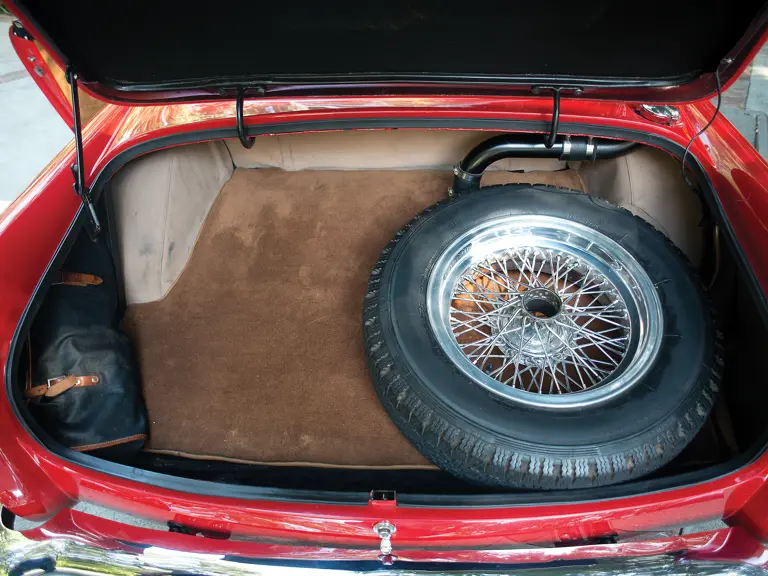
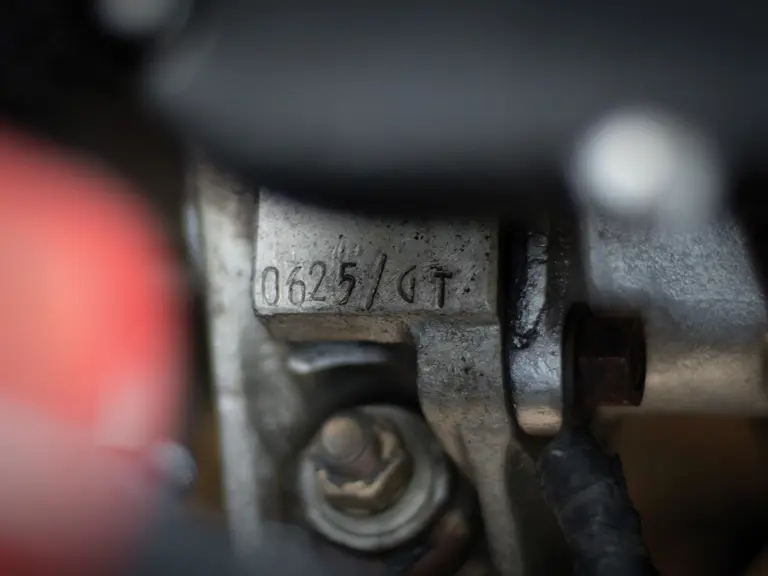
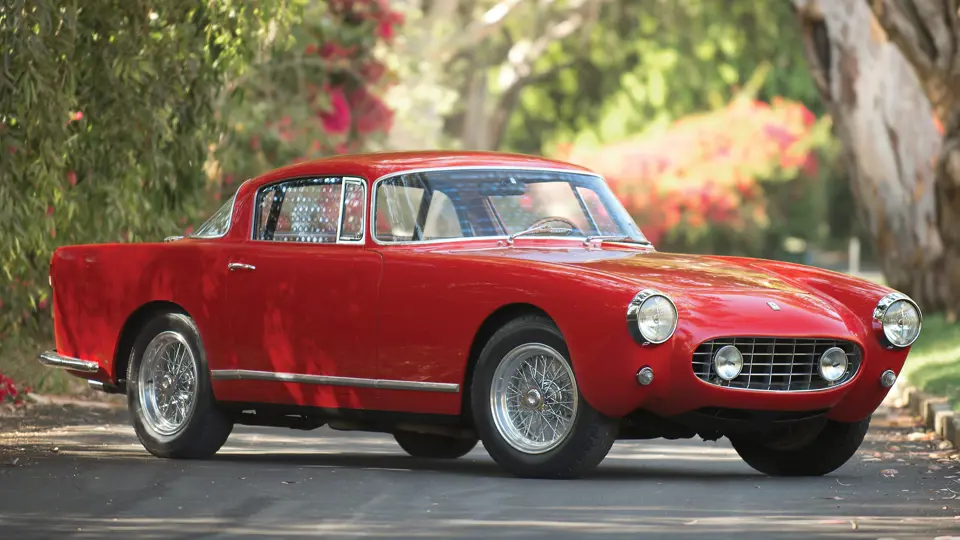
 | Monterey, California
| Monterey, California
